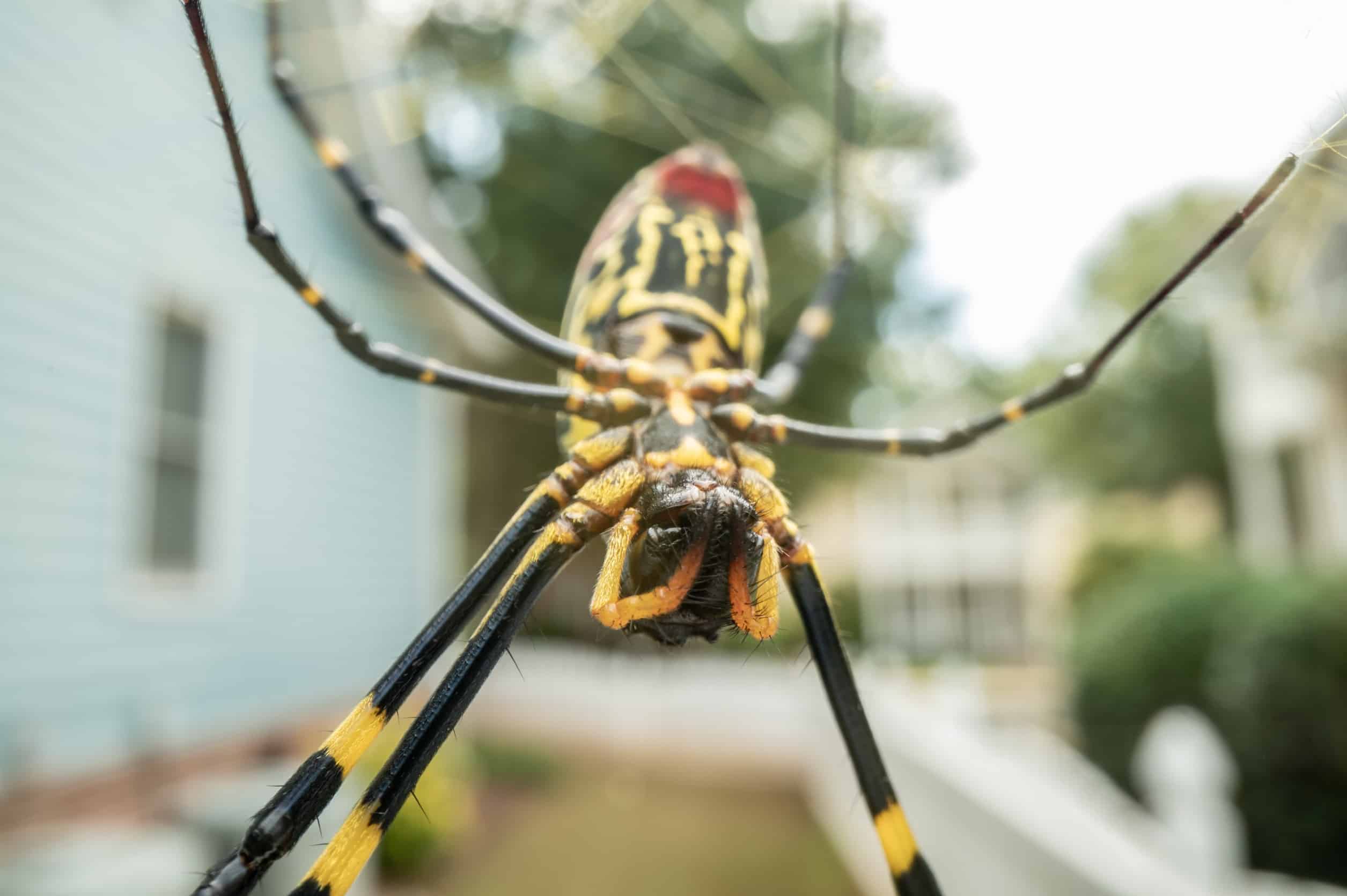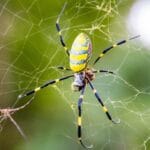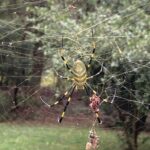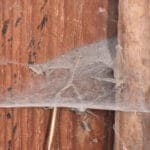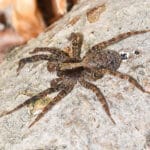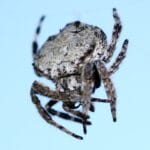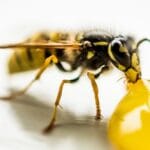The Joro spider (Trichonephila clavata), with its striking yellow, black, and blue markings, has become a familiar sight in the southeastern United States. Originally from East Asia, these large orb-weavers have sparked both curiosity and concern as they spread rapidly through their introduced range. While their webs might seem intimidating, a crucial question arises: what eats Joro spiders, and can these predators help control their numbers? Let’s delve into the world of Joro spider predators and uncover the creatures that consider these colorful invaders a tasty meal.
A Delicate Balance: Unveiling Joro Spider Predators
The Joro spider’s size and vibrant colors don’t deter all predators. In fact, a surprising number of creatures have been observed feeding on them, suggesting a potential for natural population control:
Birds: Feathered Hunters with a Taste for Spiders
Birds, with their keen eyesight and varied diets, are likely among the most common predators of Joro spiders. While specific studies documenting bird predation on Joro spiders are still underway, general observations suggest that these spiders are on the menu for several avian species. Blue Jays, known for their intelligence and opportunistic feeding habits, are strong contenders. Robins, often seen foraging on the ground, probably encounter and consume Joro spiders as well. Even smaller birds, like the insect-loving Carolina Wren, might find young Joro spiders, called spiderlings, to be an easy meal.
More on the intriguing relationship between Kodiak bears and polar bears.
Wasps: Masters of Paralyzing Venom and Architectural Nests
Mud dauber wasps, those familiar architects of mud nests, have a particularly gruesome method of utilizing Joro spiders. These wasps are masters of paralyzing venom, delivering a sting that immobilizes their prey without killing it. The paralyzed Joro spider is then carried back to the wasp’s mud nest and sealed inside, serving as a living meal for the wasp’s developing larvae. While mud daubers are confirmed Joro spider predators, it’s likely that other wasp species also include these spiders in their diet, adding another layer to the web of predation.
Spiders: A Case of Spider-Cannibalism
In a surprising twist, Joro spiders can fall victim to their own kind. Larger spider species, including some native to the southeastern US and even other invasive species, have been known to prey on Joro spiders, particularly juveniles or those that wander into the wrong territory. This spider-eat-spider behavior highlights the competitive nature of the invertebrate world.
Potential Predators: Lizards, Frogs, and Bats
While not yet confirmed, other potential Joro spider predators include lizards, frogs, and bats. Lizards, with their fondness for insects, could easily add Joro spiders to their menu. Frogs, known for their lightning-fast tongues, might also view a Joro spider as a quick snack. And bats, those nocturnal hunters with a taste for all things creepy-crawly, could be adding Joro spiders to their diet as well. However, more research is needed to confirm these predators’ roles in regulating Joro spider populations.
Not Just Prey: The Joro Spider as a Predator
While Joro spiders face threats from various predators, it’s important to remember they are skilled hunters themselves. Their large, intricate webs are designed to capture flying insects, which make up the bulk of their diet. Interestingly, Joro spiders have shown a particular liking for the brown marmorated stink bug, an invasive pest that has caused significant damage to crops. This predatory behavior makes them a potential ally in the fight against invasive species, adding another layer of complexity to their ecological role.
Did you know the Komodo dragon is a fearsome predator with a venomous bite?
The Future of Joro Spiders and Their Predators
The arrival of Joro spiders in North America has sparked numerous questions about their long-term impact on native ecosystems. As prey, they provide a new food source for native predators, potentially altering existing food webs. However, further research is needed to understand the full extent of these complex interactions. Will native predators adapt to include Joro spiders as a regular part of their diet? Could this, in turn, lead to a natural control of Joro spider populations? The answers to these questions are still unfolding, making the story of the Joro spider, its predators, and its role in the ecosystem an intriguing area of ongoing scientific inquiry.
- Sept 31 Myth: Unveiling Calendar Secrets - March 18, 2025
- How Long & Till December 18, 2025: Accurate Countdown Guide - March 18, 2025
- Discover Japanese Artists: A Complete History - March 18, 2025
